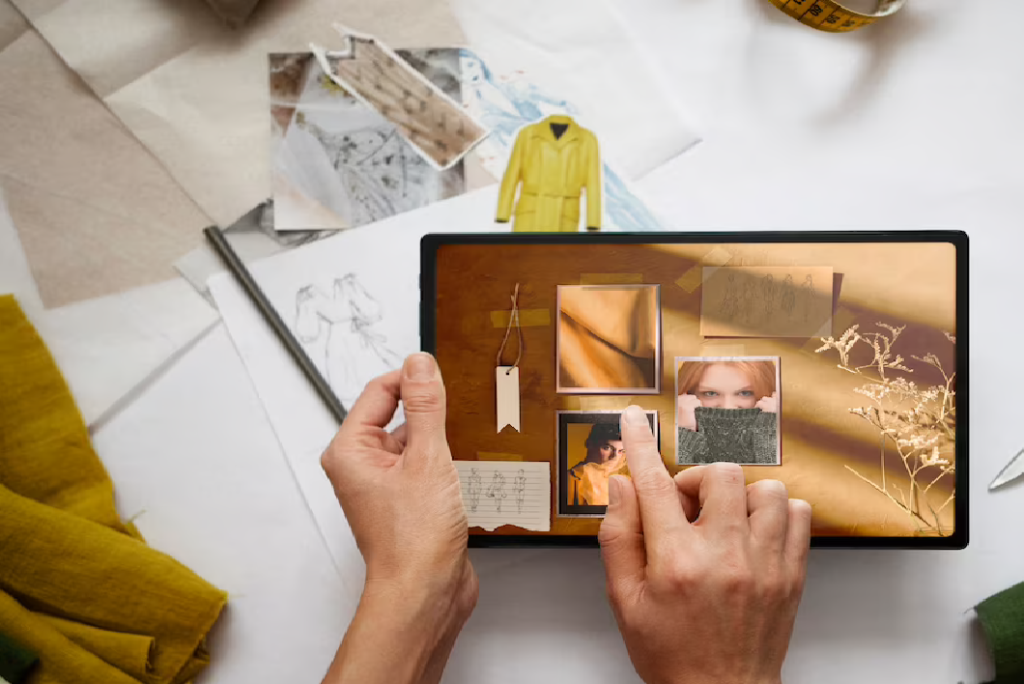
Art and technology are closely related and have a complex and evolving relationship. Here are several ways in which art and technology intersect and influence each other:
- Artistic Expression through Technology: Technology provides artists with new tools and mediums for creative expression. Digital art, computer-generated graphics, virtual reality, and interactive installations are examples of how technology has expanded the possibilities for artists to create and share their work.
- Enhanced Creativity: Technology can enhance the creative process by making it easier for artists to experiment, iterate, and realize their ideas. Software applications, digital drawing tablets, and 3D modeling tools enable artists to explore their creativity in ways that were not possible with traditional media alone.
- Accessibility and Distribution: Technology has democratized the art world by making it easier for artists to create and distribute their work to a global audience. Online galleries, social media platforms, and digital marketplaces have removed many of the traditional barriers to entry for artists.
- Collaboration: Technology enables artists to collaborate across geographic distances. Musicians can collaborate on tracks remotely, visual artists can work on digital art projects together, and filmmakers can edit and produce films collaboratively using digital tools and cloud-based software.
- Art as Critique of Technology: Some artists use their work to comment on or critique the impact of technology on society. They may explore themes related to privacy, surveillance, AI, automation, or the human-technology relationship in their art.
- Innovation and Inspiration: Technological advancements often inspire artists to create new forms of art. For example, the development of photography and cinema revolutionized visual art and storytelling. Similarly, advances in virtual reality and augmented reality have opened up new avenues for immersive and interactive art experiences.
- Artificial Intelligence (AI) and Machine Learning: AI technologies can be used to create art, generate music, and even write poetry. Artists and technologists are exploring the creative potential of AI algorithms to produce novel and unexpected artistic works.
- Preservation and Restoration: Technology plays a crucial role in preserving and restoring works of art. Advanced imaging techniques, 3D printing, and digital restoration tools are used to repair and protect valuable artworks.
- Interactive and Immersive Art: Technology allows for the creation of interactive and immersive art experiences. Virtual reality (VR), augmented reality (AR), and mixed reality (MR) technologies enable artists to immerse viewers in their creations, blurring the lines between the virtual and physical worlds.
- Artistic Reflection of Society: Art often reflects the technological and societal changes of its time. Artworks can serve as a historical record of technological advancements, cultural shifts, and the impact of innovation on human life.

In summary, art and technology are intertwined in numerous ways, with technology serving as both a tool for artistic creation and a subject of artistic exploration. As technology continues to evolve, it will likely continue to shape and redefine the boundaries of artistic expression.
Connect with us (kishore.kulkarni@nxtechworks.com) if you want to develop a technical solution for any of your needs.
All Images by freepik.com
